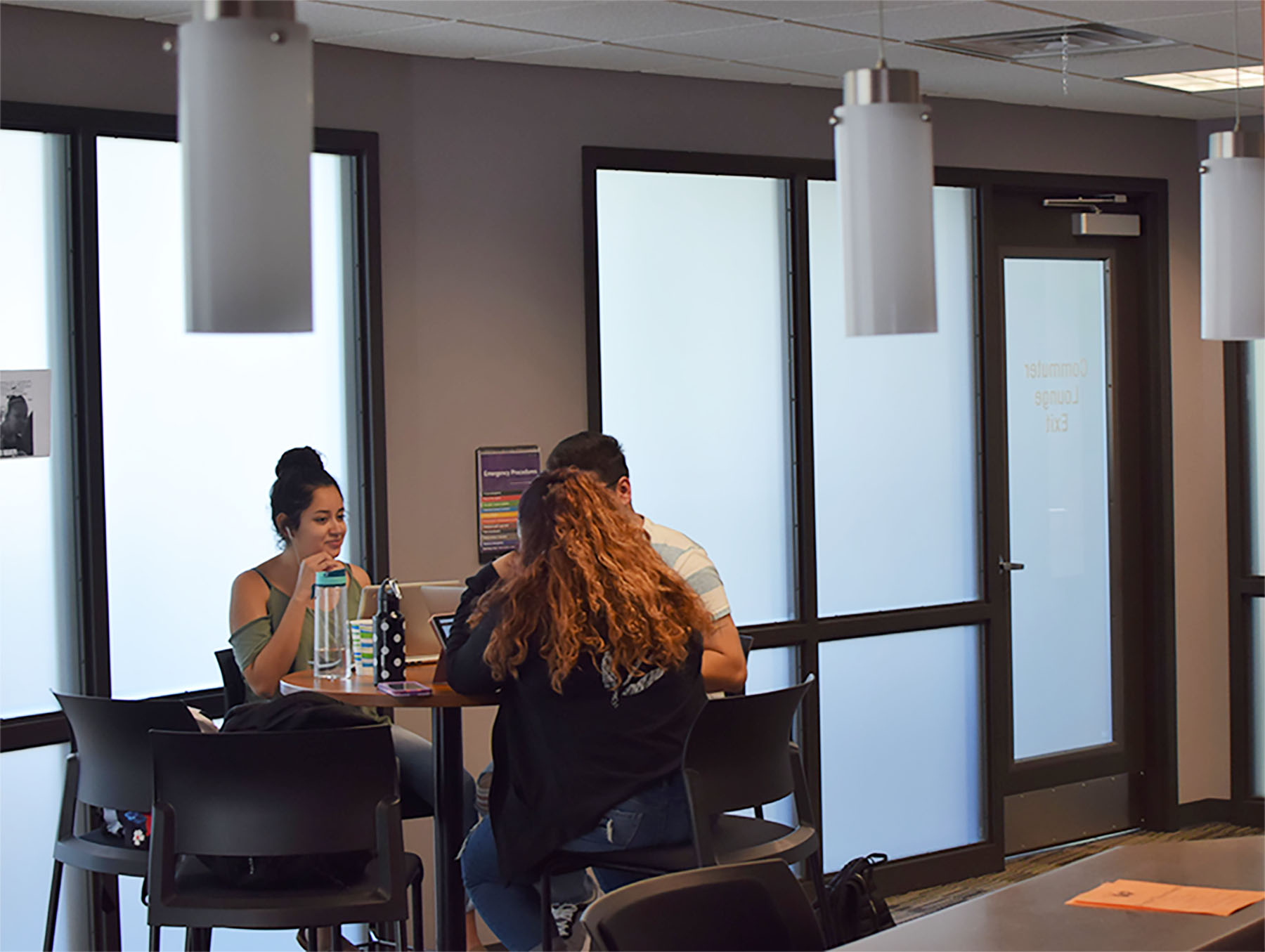As the number of commuter students continues to rise at Goshen College, the Commuter Student Alliance (CSA) is working to bring changes to campus this year that will lessen the divide between them and residential students.
CSA came into being last year as a way to better accommodate commuter students.This year, a full-time, paid student position was introduced to the alliance. For the 2018-19 school year, these student positions are held by Katja Norton and Samantha Camacho. Gi Salas was also retained as a commuter student liaison.
The paid positions were created as one of the many incentives for serving in a leadership role on campus. The position is similar to leadership roles within Residence Life and Campus Ministry.
“Some of the more significant changes are to leadership this year,” said Salas. Last year, Salas held two part-time leadership roles: Commuter Student Leader for both the Campus Activities Council and the CSA. This year, she is focusing on being a CSA leader.
One project they worked on last year was the creation of a minimal meal plan that would allow commuter students to eat occasional meals at the dining hall. Another big change expected soon for commuters will be the relocation of the commuter lounge to the Union’s hallway, outside the Leaf Raker.
Aside from the aforementioned changes, Salas said that a lot of CSA’s goals are dependent on what they hear from commuters.
“We never really have an agenda, it just depends on what is brought up during our meetings each week,” said Salas.
One example she gave were the vending machines last year. Some commuter students thought that swiping a card would be more convenient than using cash with the vending machines. Working with Corie Steinke, associate director of Student Life, and AVI’s Jeremy Corson, CSA worked out a system for the vending machines to accept cards.
Steinke hopes to help commuter students become aware of the opportunities provided for them.
“I think the primary goal for CSA is to not just increase opportunities for commuter students to get involved, because those opportunities have existed for the last couple years,” she said. “My primary goal is to help campus rethink how they offer those opportunities [i.e., timing, location, etc.] and help commuter students learn how to take risks and get connected to campus.”
Jorge Soto, another commuter student involved with CSA, sees its purpose as getting “commuter students involved on campus and [creating] activities to build a community among commuter students as well as with the residential students.”
Salas said that each year commuter student involvement on campus varies. This year so far, the first-year students have been very involved in CSA events.
Steinke feels that student engagement is an obstacle for CSA.
“It’s great to offer weekly CSA meetings and twice monthly commuter events and put posters in the lounge about events coming up but students have to take the chance to go to those things,” said Steinke. “That is truly the only obstacle.”
According to Salas, there is still a lot that residential students may not understand about being a commuter.
“A lot of the time people don’t realize that we all drive home and a lot of the campus events start fairly late in the evening, making it more difficult for some to come to these events,” said Salas. “I know that CAC has been working to start events earlier in the evening so more commuters can be involved.”
She feels that commuter life is different from what people might expect it to be.
“It isn’t that commuters don’t want to get involved,” said Salas. “Some don’t have the [chance] to be involved.”
Soto felt similarly. “There is always a gap with commuters and residential students and this is due to the commitments of commuters that don’t allow them to be [at school all the time],” he said. He feels that commuters will always be involved, but their amount of work will affect their integration on campus.
Steinke said, “The most heartbreaking comment I hear is that commuter students don’t feel connected, but struggle with the anxiety of taking the chance and trying something new.”
Steinke hopes that CSA can work to build community within the commuter student population that will transfer into commuter students and residential students connecting with each other.



